
Introducing a new baby to your family is a beautiful and transformative experience, but it also presents challenges, especially when you have a dog at home. Dogs, while loyal and loving, may struggle to adjust to the sudden changes in routine and the presence of a new family member. Ensuring a safe and harmonious introduction requires careful planning, awareness, and patience. This guide highlights common mistakes to avoid during this transition, offering solutions to help your dog and baby coexist peacefully, fostering a bond that benefits everyone in your household.
Don’t Force Interaction

Forcing your dog to meet the baby can create anxiety or aggression. Instead, let your dog approach the baby at their own pace. Observe their body language for signs of comfort before inviting them closer. This method reduces stress for the dog and helps them feel safe during the interaction. Always supervise the encounter and offer reassurance to both parties.
Don’t Ignore Baby Sounds
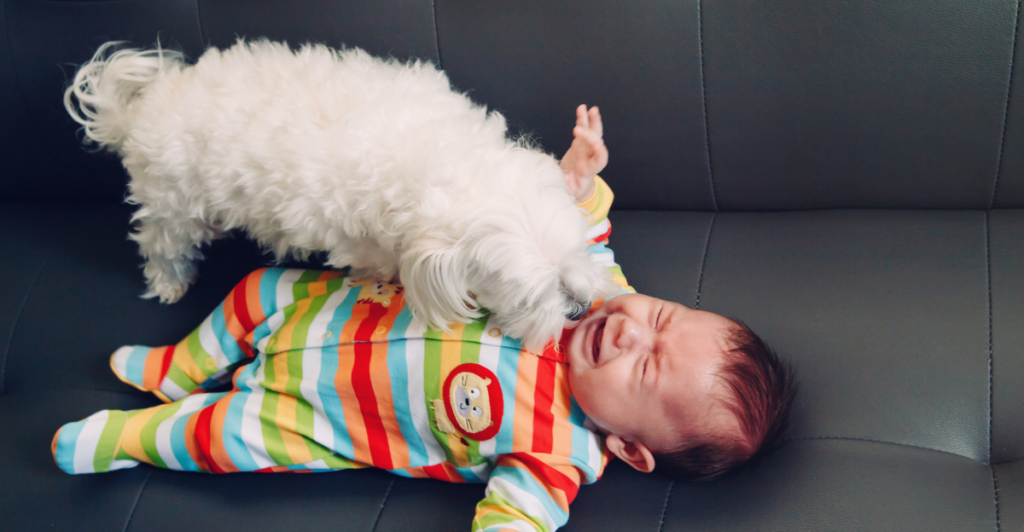
Dogs may react unpredictably to new sounds, such as crying or cooing. Before the baby arrives, expose your dog to recordings of baby sounds at a low volume, gradually increasing it. Pair the sounds with treats or praise to create positive associations. This desensitization process can help your dog remain calm when the real sounds start.
Don’t Punish Your Dog
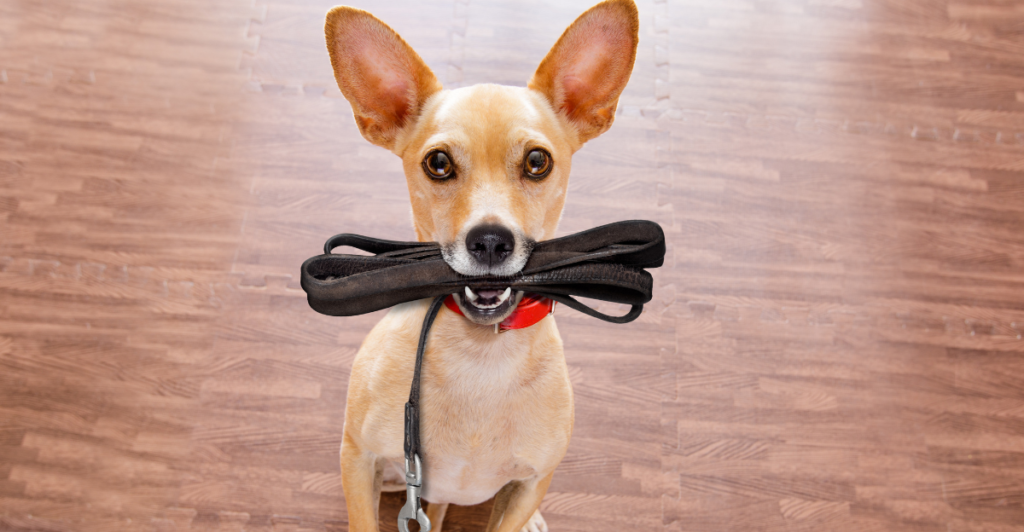
Punishing your dog for showing curiosity or excitement around the baby may lead to fear or resentment. Instead, use positive reinforcement. Reward calm and appropriate behaviors with treats or verbal praise. For example, if your dog sits quietly near the baby, immediately acknowledge their good behavior. This approach fosters a positive relationship between your dog and the baby.
Don’t Leave Them Unsupervised
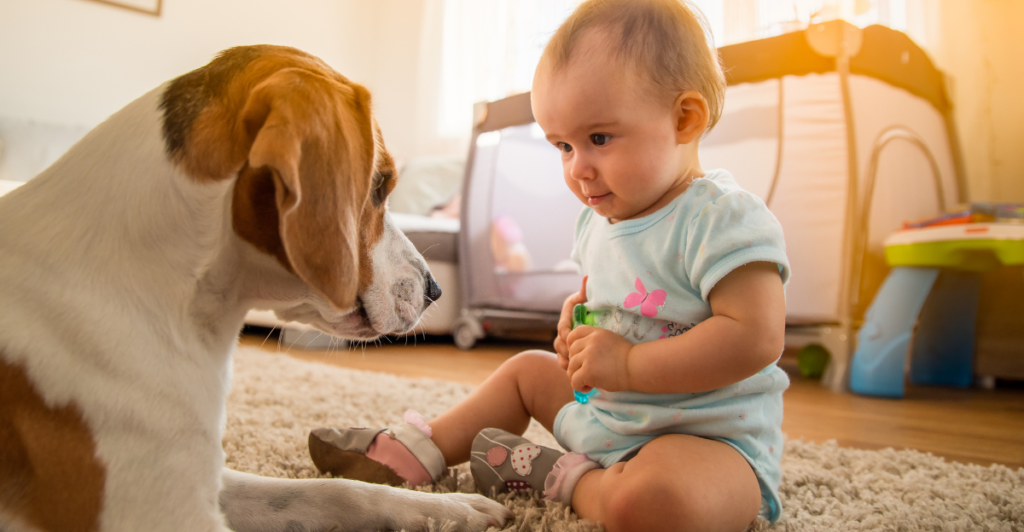
No matter how well-behaved your dog is, never leave them alone with your baby. Accidents can happen in seconds, and supervision is crucial for safety. Set up baby gates or playpens to create safe zones for both. This ensures your dog and baby can coexist peacefully without unsupervised interactions.
Don’t Allow Close Contact Immediately
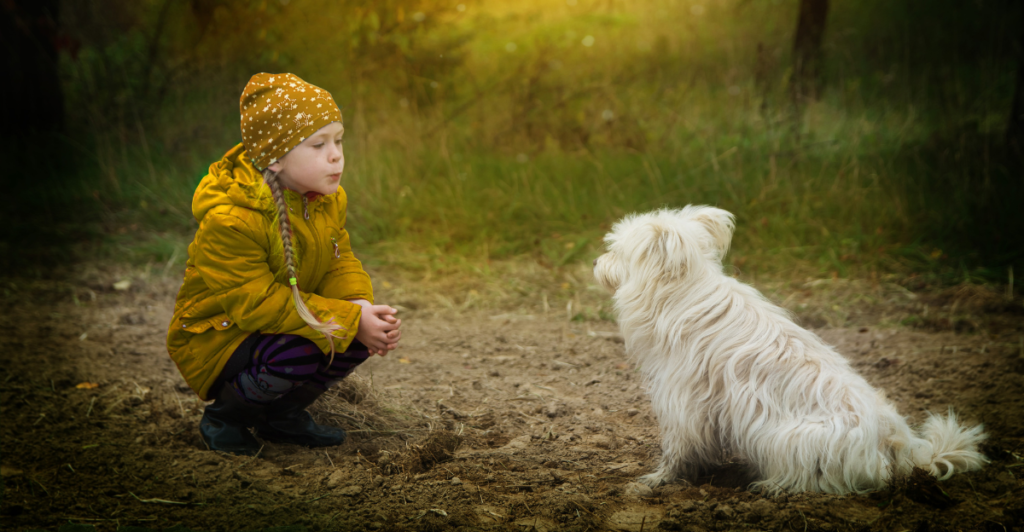
Introducing face-to-face contact too soon can overwhelm both your dog and baby. Begin with indirect interactions, such as letting your dog sniff a blanket or clothing item that smells like the baby. Gradually allow them to approach the baby under close supervision. This gradual method reduces stress and builds trust.
Don’t Use Harsh Restraints

Using prong collars or choke chains during introductions can create fear or pain. Instead, opt for a harness or loose leash to gently guide your dog if needed. This ensures you maintain control without causing discomfort, making the introduction more positive for your dog.
Don’t Provoke Jealousy
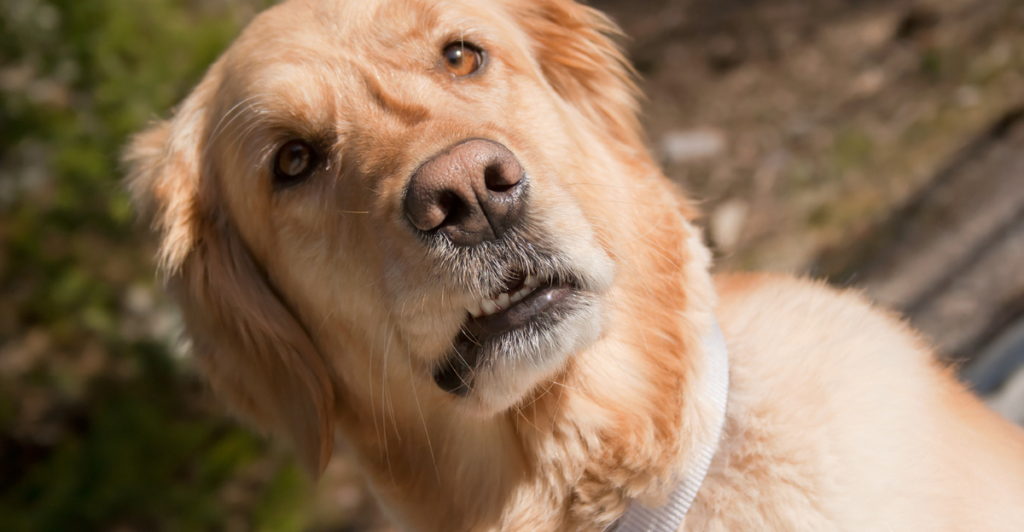
Neglecting your dog in favor of the baby can lead to jealousy and behavioral issues. Keep your dog’s routine consistent, including regular walks, meals, and playtime. Involve your dog in baby-related activities, such as sitting nearby during feedings, to maintain their sense of inclusion and reduce feelings of neglect.
Don’t Ignore Body Language

Your dog communicates through body language, and missing signs of discomfort can lead to problems. Watch for signals like lip-licking, yawning, or a lowered tail, which may indicate stress. If you notice these signs, give your dog space and time to adjust. Understanding your dog’s cues helps prevent potential conflicts.
Don’t Prop Your Baby Against the Dog
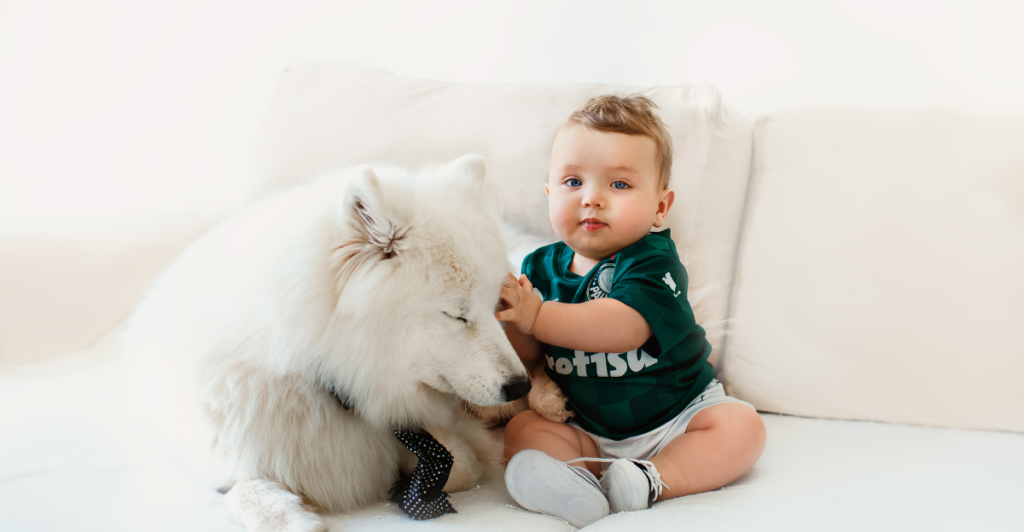
Propping a baby against your dog for photos can be dangerous. Even the gentlest dogs may react unpredictably. Instead, have an adult hold the baby and let the dog approach under supervision. This ensures safety while still capturing adorable moments.
Don’t Allow Access to Dog Items
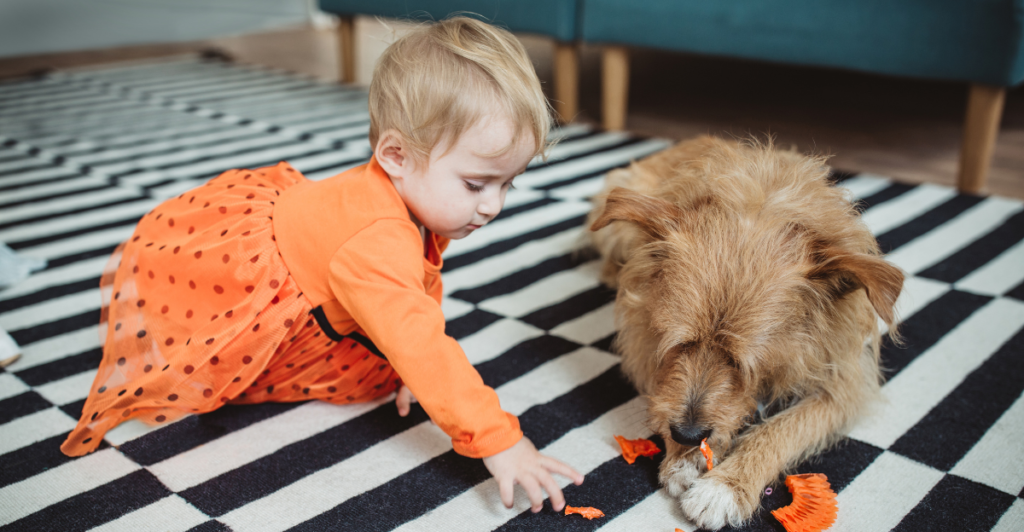
Once your baby starts crawling, they may be drawn to your dog’s food or toys. This can lead to territorial behavior. Keep your dog’s belongings in areas inaccessible to the baby. Teach your dog to feel comfortable with your presence near their items to reduce possessiveness.
Don’t Rush the Introduction

Rushing the introduction can overwhelm both your dog and baby. Start by letting your dog sniff baby-related items, like a blanket, before they meet the baby. Gradually increase interaction time while monitoring their behavior. A slow introduction helps both adjust to the new dynamic.
Don’t Forget About Boundaries

Establishing boundaries is essential for maintaining harmony. Use baby gates or barriers to keep your dog out of certain areas, like the nursery. Teach your dog to respect these boundaries with positive reinforcement. Clear rules create a safe space for your baby and reduce the chance of accidents.
Don’t Neglect Your Dog’s Training

A well-trained dog is essential for a safe introduction. Reinforce obedience commands such as “Sit,” “Stay,” and “Leave it” before the baby arrives. Practicing these commands regularly ensures your dog responds appropriately in potentially stressful situations.
Sources:
Introducing Dogs and Babies: A Comprehensive Guide
How to Introduce a Dog to a Baby
A New Baby & Your Dog – Helpful Strategies for a Smooth Introduction
Stay connected with us for more stories like this! Follow us to get the latest updates or hit the Follow button at the top of this article, and let us know what you think by leaving your feedback below. We’d love to hear from you!







